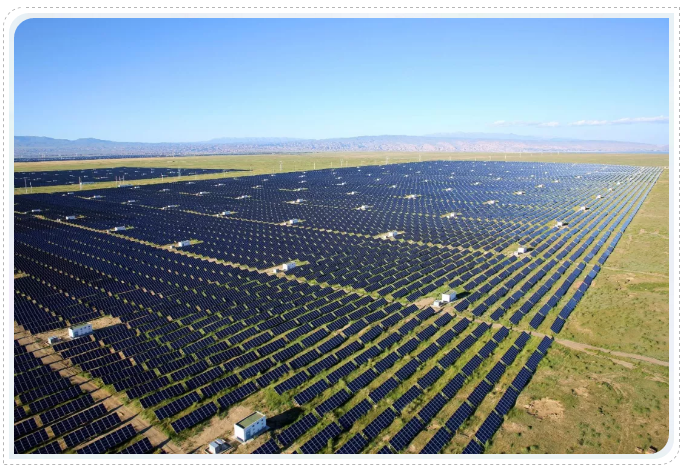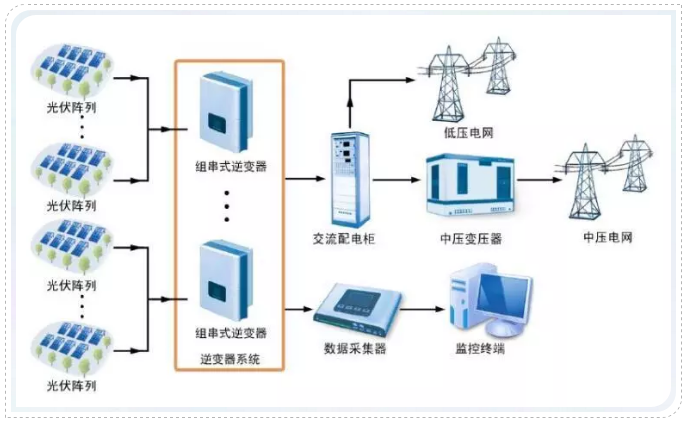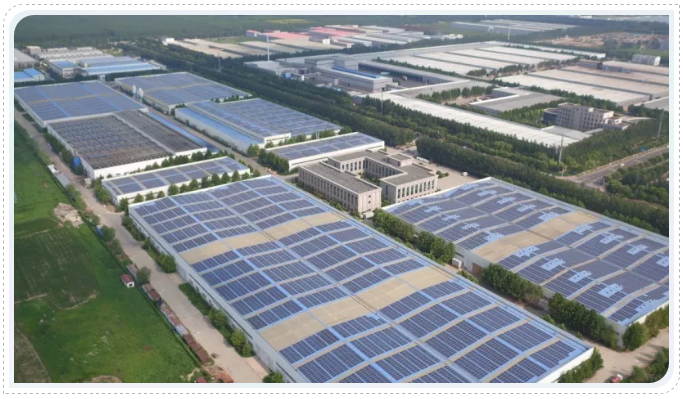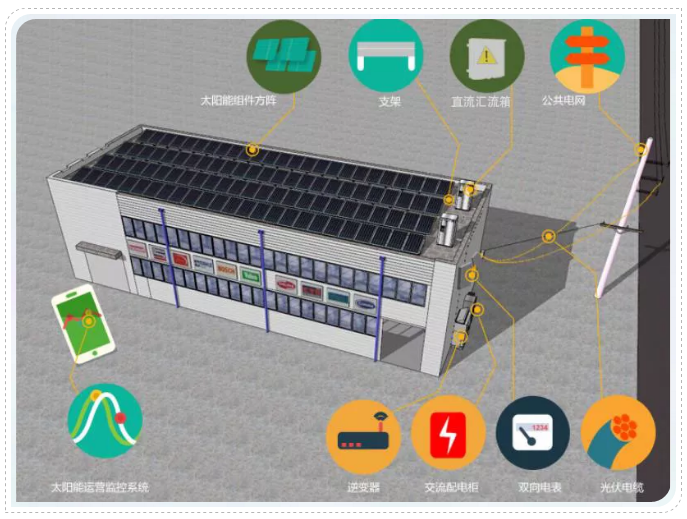Recently, Wang Bohua, Vice Chairman and Secretary General of the China Photovoltaic Industry Association, introduced that in the first half of 2019, China's newly installed photovoltaic capacity was 11.4GW. Among them, the newly installed capacity of centralized power stations is about 6.8GW; The newly installed capacity of distributed photovoltaics is approximately 4.6GW.

Although due to policy reasons, the new installed capacity of photovoltaics in China in the first half of 2019 decreased by more than 50% compared to the same period last year, the industry generally believes that based on the latest policy indicators released this year, the new installed capacity of photovoltaics in China is expected to exceed 40GW throughout the year.
That is to say, in the second half of this year, there will be a demand for 30GW in the Chinese photovoltaic market, which will erupt in a short period of time.


Fully utilize the abundant and relatively stable solar energy resources in desert areas to build large-scale photovoltaic power stations, and connect them to high-voltage transmission systems to supply long-distance loads.

Main advantages:
1. Site selection of power station:
The site selection is more flexible, the stability of photovoltaic output is increased, and the positive peak shaving characteristics of solar radiation and electricity load are fully utilized, playing a role in peak shaving.
2. Operation mode:
Relatively flexible, compared to distributed photovoltaics, reactive power and voltage control can be more convenient, and participating in grid frequency regulation is also easier to achieve.
3. Construction cycle:
The cycle is relatively short, the environmental adaptability is strong, and there is no need for raw material guarantees such as water sources and coal transportation. The operating cost is low, which is easy to centralized management and is limited by space, making it easy to achieve expansion.

Mainly based on the surface of buildings (such as factory roofs), it not only solves the electricity consumption problem of users nearby, but also achieves compensation and external transmission of power supply differences through grid connection.

Its main advantages are:
1. Photovoltaic power supply is located on the user side, generating electricity to supply local loads as loads, which can effectively reduce dependence on grid power supply and reduce line losses.
2. By fully utilizing the surface of buildings, photovoltaic cells can be simultaneously used as building materials, effectively reducing the floor area of photovoltaic power plants.


In recent years, with the strong support of national policies and the joint efforts of industry enterprises, China's photovoltaic industry has achieved significant results: China has become the world's largest producer of photovoltaic products and the largest country in photovoltaic installation. Both centralized power plants and distributed photovoltaics have world advanced installation processes.
Compared to distributed photovoltaics, centralized power stations have a larger individual scale and larger investment. Distributed photovoltaics have a wider range of applications, lower investment, and are more suitable for industrial and commercial enterprises. Utilizing the roof of one's own factory building for distributed photovoltaics installation can save power operation costs.
The editor firmly believes that the development potential of the photovoltaic industry is enormous, and the explosive point in the second half of the year is also inevitable, let us wait and see.